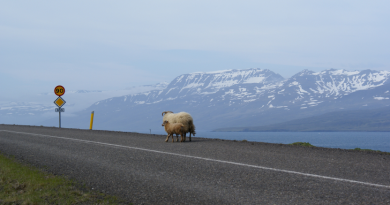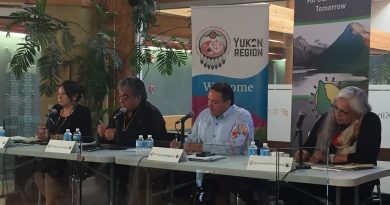Bilingual signs for Norway-Russia borderland bridge?
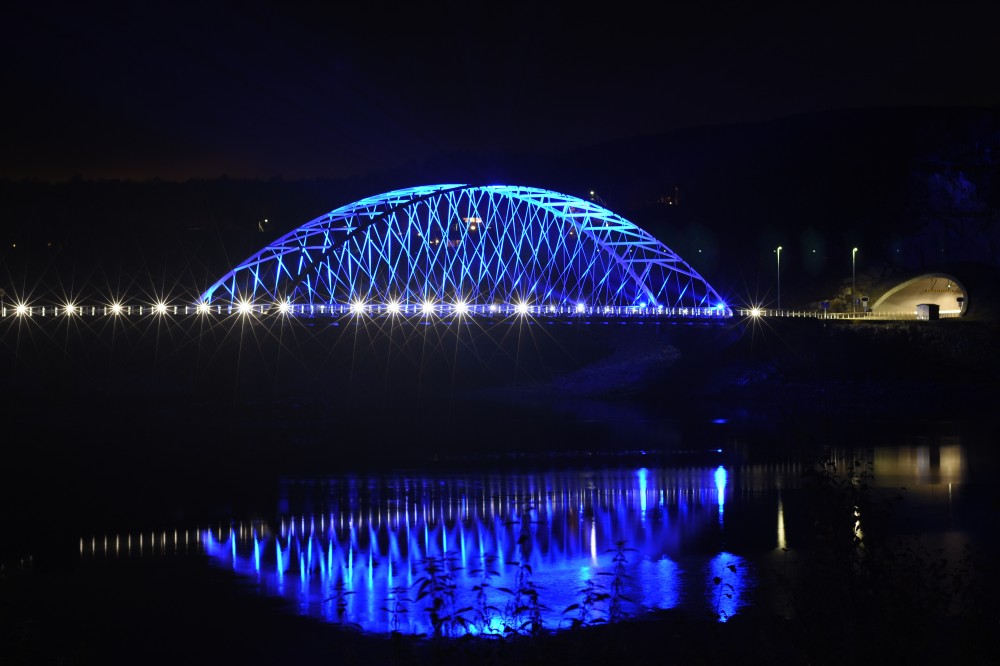
On Friday, Norway’s Minister of Transport and Communication Ketil Solvik-Olsen and Russia’s Deputy Minister of Transport Sergey Aristov officially opened the last stretch of the new highway linking Norway’s northern region with Russia’s Kola Peninsula.
The highway includes a bridge and a tunnel, a few kilometers west of the border.
“Both the bridge and the tunnel should have Russian-language road signs,” Jan-Henrik Fredriksen says to the Barents Observer.
Fredriksen represents the Progress Party in the Parliament and is soon to end his last of three four-years periods as member of the Storting. In the period 2009-2013, Fredriksen was member of the Standing Committee on Transport and Communication.
In 2014, Fredriksen and a few other members of parliament initiated the Norwegian, Russian friendship association, consisting of parliamentarians from Stortinget and the State Duma.
Road to Crimea
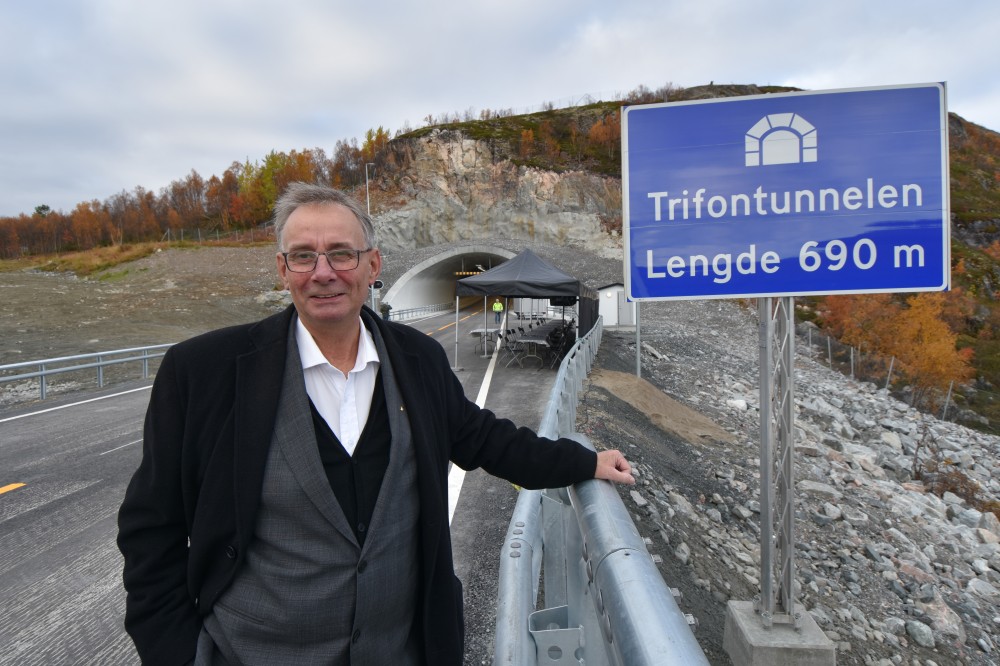
Highway E105 is the only cross-border road between Norway and Russia. It starts at Hesseng outside Kirkenes and runs 4,620 kilometers to Murmansk, St. Petersburg, Moscow, Belgorod, Kharkiv and Simferpol before it ends at Yalta on Crimea.
Fredriksen says the new tunnel in conjunction with the bridge also should get a Russian road sign. The tunnel is named after the holy Russian-Orthodox monk Trifon. In the 16th century Trifon came from Novogord to the Pechenga Monastery and travelled to Bøkfjorden which today is on the Norwegian side of the border. The official border between Norway and Russia came in 1826, the last part of Europe to get state borders.
Holy blessing
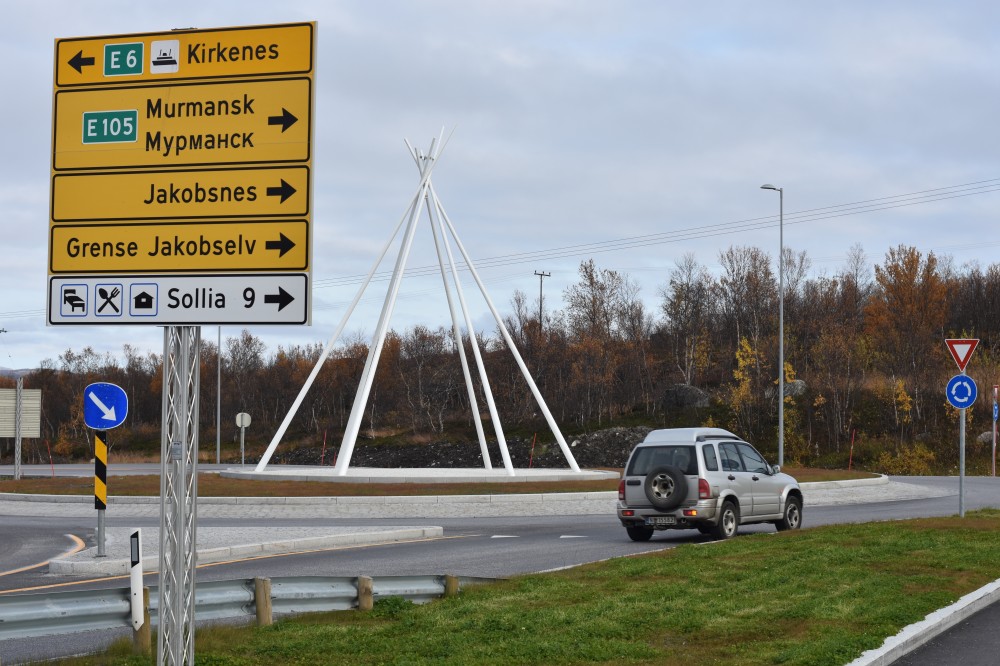
At the opening ceremony on Friday, Bishop Olav Øygard of North-Hålogaland and Metropolitan Simon of Murmansk and Monchegorsk had a joint blessing ceremony on the bridge.
In the Kirkenes area, many road direction signs are bilingual, Norwegian and Russian. Downtown Kirkenes, several of the street names are also signed in Cyrillic letters.
Related stories from around the North:
Canada: Census 2016: Nunavut leads Canada’s population growth, Radio Canada International
Finland: Finland asylum seekers to march from Lapland border town into Sweden, Radio Sweden
Norway: Three Afghans arrested while trying to reach Norway from Russia, The Independent Barents Observer
Sweden: Sweden faces criticism over border controls, Radio Sweden
Russia: Putin signs law easing cross-border cooperation with Norway and Finland, The Independent Barents Observer
United States: With Trump ending DACA program, uncertainty looms for Alaska’s few ‘dreamers’, Alaska Dispatch News


